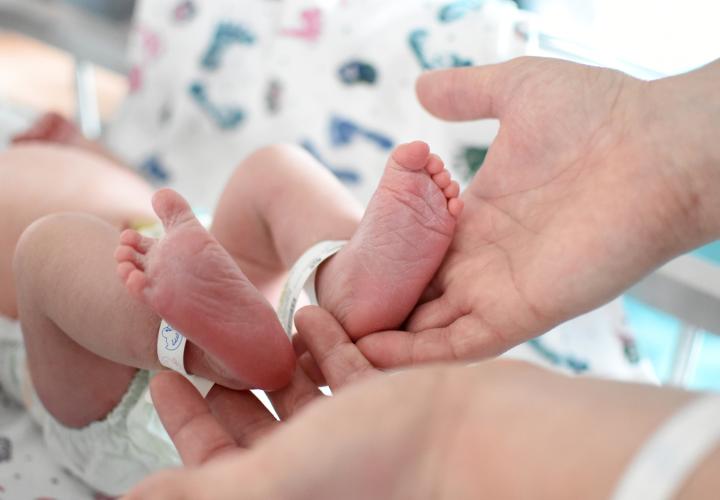Each year, approximately four million newborns in the United States are screened for a variety of rare but serious conditions shortly after birth. This quiet yet powerful public health achievement helps identify around 12,000 babies annually who have conditions that, if detected early, can be treated to prevent severe disability or death. These early screenings are often a newborn’s first encounter with the healthcare system—and one of the most critical.
However, this life-saving system doesn’t operate in isolation. Behind every screening panel and hospital test lies a vast and intricate web of collaborative efforts among healthcare professionals, scientists, public health experts, and policy advisors. This collaboration ensures that newborn screening remains effective, evidence-based, and accessible for every child, regardless of where they are born.
Why Collaboration Matters
Newborn screening programs must constantly evolve. As science advances, new treatable conditions are discovered, and the list of recommended screenings must be updated to reflect this progress. This process is not simple—it requires a deep and careful analysis of medical data, the development of clear testing protocols, education for healthcare providers, and coordinated funding to support implementation across hospitals and public health systems.
To accomplish this, healthcare sectors must work hand in hand:
- Medical professionals provide insight on clinical care and outcomes.
- Researchers and scientists evaluate the effectiveness and feasibility of screening for new conditions.
- Public health experts ensure infrastructure and communication strategies are in place.
- Advisory committees and policy teams guide how and when states adopt new screenings based on emerging data.
Each piece is essential. Without collaboration, gaps form, which can delay diagnoses, complicate treatment, or create inconsistencies between states.
A Changing Landscape
Recent changes at the federal level have altered how these collaborations function. Programs that once provided centralized expertise and coordination for evaluating and recommending new conditions are no longer active. For example, in the past, when a new condition was discovered to be both treatable and detectable in the newborn period, expert groups would gather scientific evidence and provide guidance to help states decide whether to add that condition to their screening panels.
With the recent restructuring, this process is less centralized, and states may need to evaluate new conditions independently. While larger states may have the infrastructure to support this, smaller states like Connecticut face significant challenges in gathering the necessary data and resources to make these decisions on their own.
Looking Ahead
Now more than ever, it's important to recognize that the success of newborn screening is not just a scientific achievement—it’s a triumph of teamwork. As we face changes in how newborn screening programs are managed and supported, the need for continued collaboration across healthcare sectors becomes even more urgent. By reinforcing these partnerships—among medical professionals, researchers, public health leaders, and policy advisors—we can ensure that newborn screening remains one of the most effective and equitable tools in our healthcare system. At the heart of this effort is a simple but powerful goal: giving every baby the healthiest possible start in life.
To better understand the profound impact of newborn screening, take a moment to read the personal stories of families whose lives have been transformed by early diagnosis. Learn how the Connecticut Newborn Screening Network works to ensure that every baby has the best possible start in life. For more information, visit the website.
